Guest Post by Dr. Jeffrey Lefstin
On July 26, 2012, the USPTO published proposed Rules and Examination Guidelines for implementing the first-inventor-to-file provisions of the America Invents Act. While the content of the proposed Rules is largely technical, the Office stakes out some substantive positions on the prior art provisions of the AIA in the proposed Examination Guidelines that are sure to raise controversy.
Secret Commercialization a Bar? At least since Judge Learned Hand’s famous Metallizing Engineering opinion in 1946, secret commercialization of an invention by the inventor -- but not third parties -- has triggered the statutory bar. The rationale of this doctrine has been to discourage inventors from enjoying a pre-patent period of commercial exclusivity in addition to the exclusivity of the patent term. While the AIA did not directly address the Metallizing rule, the AIA’s new 102(a) added a category of events triggering the statutory bar. In addition to the traditional triggers of the statutory bar – patented, described in a printed publication, in public use, or on sale – new 102(a) adds a catch-all “or otherwise available to the public before the effective filing date of the invention.” According to the USPTO, by adding “or otherwise available to the public,” Congress intended that only “public” sales of the invention – not secret or private commercial activity – should trigger the statutory bar. Nonetheless, the Office is seeking comment from the public on the role of “public availability” before issuing its own interpretation of “on sale” under new 102(a).
Leading commentator Hal Wegner points out that earlier versions of the AIA – such as the Patent Reform Act of 2005 – would have explicitly overruled Metallizing, by restricting prior art to sales from which one of ordinary skill in the art could readily “gain access to” and “comprehend” the invention. That such provisions were removed from the final legislation suggests that Congress did not intend to negate the Metallizing rule, but in the end the Federal Circuit will almost certainly have to resolve this question.
Use and Sale Protected By Grace Period. Section 102(b) of the AIA provides a limited grace period and preclusive effect for pre-filing disclosure by the inventor. Specifically, under 102(b)(1)(A) a “disclosure” made one year or less before the effective filing date of an application is not prior art if the disclosure was made by the inventor (or a joint inventor, or one who obtained the subject matter disclosed directly or indirectly from the inventor). Under 102(b)(1)(B), a third-party disclosure of the same subject matter less than one year before filing is not prior art if the inventor has previously disclosed the same subject matter. The AIA did not define “disclosure,” leading to questions about whether public use or sale would be excluded from prior art if by the inventor, whether use or sale by the inventor would preclude later disclosure by third parties, or whether third party use or sale would be precluded by prior inventor disclosure. Under the USPTO’s interpretation, “disclosure” under 102(b) encompasses all the prior art categories of 102(a): patented, described in a printed publication, in public use, on sale, otherwise available to the public, or described in a U.S. patent, published U.S. patent application, or WIPO published application. Accordingly, public use or sale by the inventor can trigger the preclusive effect of 102(b), and third-party use or sale can be precluded by prior inventor disclosure.
Preclusive Effect Nearly Eviscerated? Perhaps the most radical stance taken by the Office in the Guidelines is its treatment of the preclusive scope of a prior inventor disclosure under 102(b)(1)(B) and 102(b)(2)(B). Under these provisions, third party disclosures and patent applications are not prior art if the “subject matter disclosed” had previously been disclosed by the inventor. Prior inventor disclosure therefore precludes later disclosures of the same subject matter from being prior art. But this provision leads to a critical question: when do an earlier and later disclosure disclose the same subject matter? What if the later disclosure is not identical, but an obvious variation of the inventor’s earlier disclosure? What if the earlier disclosure is broader than the later, or vice versa? Is the use or sale of a physical thing (or intangible process) the same subject matter as a verbal description – which by necessity covers a multitude of physical entities? The AIA leaves these questions unanswered. In a Patently-O post last year, I outlined two possible approaches the courts and the Office could take for determining the scope of preclusive effect, and the identity of earlier and later disclosures.
In the proposed Guidelines, the Office takes a third route: only exactly identical third-party disclosures are precluded by prior inventor disclosure. According to the proposed Guidelines:
Even if the only differences between the subject matter in the prior art disclosure that is relied upon under 35 U.S.C. 102(a) and the subject matter publicly disclosed by the inventor before such prior art disclosure are mere insubstantial changes, or only trivial or obvious variations, the exception under 35 U.S.C. 102(b)(1)(B) does not apply.
The exception under 102(b)(2)(B) is similarly limited. Thus, according to the Office’s interpretation, if the inventor discloses her invention on January 1, and a third party independently discloses a trivial and obvious variation on January 2, the third party’s disclosure is not excluded from prior art (and, of course, renders the invention unpatentable as obvious under § 103. Although the Guidelines do not address the case of specific versus generic disclosure, or physical use versus verbal description, the Office’s denial of preclusive effect for a trivial variation suggests that it would deny preclusive effect in these cases as well.
If the position in the Guidelines is sustained, the AIA’s grace period with respect to later independent third-party disclosures would seem to be nearly eviscerated. Moreover, even where the later third-party disclosure was actually derived from the inventor, the inventor will face the difficult and complex task of proving derivation, rather than simply relying on the preclusive effect of his own earlier disclosure.
Of course, the Office’s proposed Guidelines are at the moment just that – proposals. And even if adopted, they would ultimately be subject to the decision of the Federal Circuit – which, though it grants considerable persuasive weight to Office positions, does not accord them Chevron deference on substantive questions of patent law.
The proposed Rules and Guidelines are open for public comment until October 5, 2012, and are available here. The Office will also be discussing its proposals at “roadshows” to be held in Alexandria, Atlanta, Denver, Detroit; Houston, Los Angeles, Minneapolis, and New York in September.
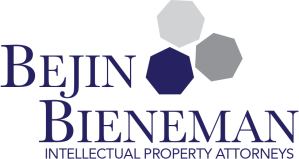 Bejin Bieneman PLC, a large law firm, is seeking a Patent Prosecution Attorney / Agent to work in Southfield, MI or Remote
Bejin Bieneman PLC, a large law firm, is seeking a Patent Prosecution Attorney / Agent to work in Southfield, MI or Remote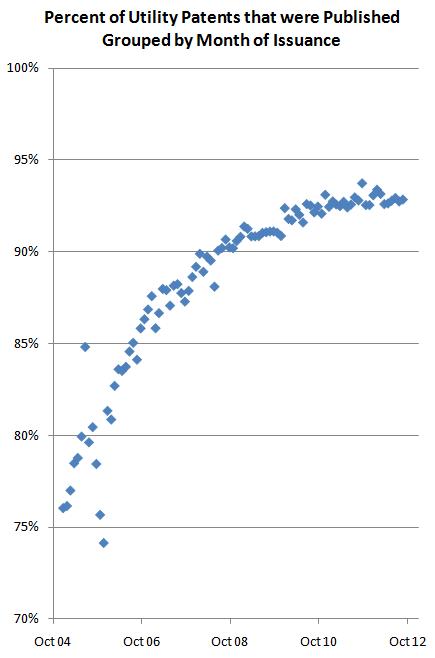

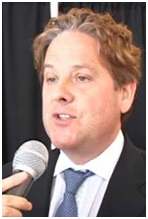 USPTO has announced that Patent Commissioner Robert (Bob) Stoll is stepping down from his post after 29 years at the Patent Office where he served as a patent examiner, supervisory patent examiner (SPE), executive assistant to USPTO Director Bruce Lehman, director of the USPTO Office of Enforcement, Dean of Training and Education, and finally Commissioner for Patents since 2009. Stoll is expected to move to a private sector job after he steps down at the end of the calendar year.
USPTO has announced that Patent Commissioner Robert (Bob) Stoll is stepping down from his post after 29 years at the Patent Office where he served as a patent examiner, supervisory patent examiner (SPE), executive assistant to USPTO Director Bruce Lehman, director of the USPTO Office of Enforcement, Dean of Training and Education, and finally Commissioner for Patents since 2009. Stoll is expected to move to a private sector job after he steps down at the end of the calendar year. 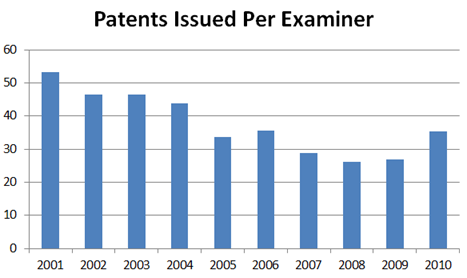
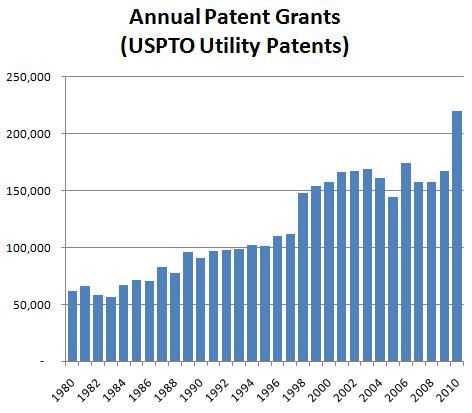
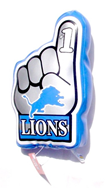 Commerce Secretary Gary Locke and PTO Director David Kappos will be holding a press conference later today. I expect that they will announce plans to open the first USPTO satellite office in Detroit, Michigan.
Commerce Secretary Gary Locke and PTO Director David Kappos will be holding a press conference later today. I expect that they will announce plans to open the first USPTO satellite office in Detroit, Michigan.